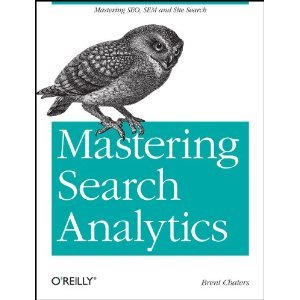Privacy and personalization have struggled to co-exist for a while now in driving consumer experience. The paradox is driven by marketers looking to improve contextual messaging to customers, while consumers are more aware of data being captured and tracked. The main way a lot of personalization has worked has been through cookies, small text files written to your computer that your web browser can access. The technical way cookies are now being handled by web browsers is changing in many of the major browsers in response to consumer demand for improved privacy. These changes have come through with the rise of ITP in Safari and Firefox and Chrome implementing their own flavours of tracking cookies which means maintaining consumer state and identification will become more challenge, I have no doubt marketers will look for ways to maintain this identification state.
This is where bio-metrics and user response tracking comes in. As technology has gotten more sophisticated to make us more secure in how we are tracked through traditional means, new ways of identifying who you are and collecting feedback loops is evolving in areas that have yet to be explored deeply. Bio-metrics are things that are unique to you and are associated with your direct body or behaviour, the simplest one is your fingerprint, or retina scan, but bio-metrics now are being used to unlock our phones, our computers and other devices. Facebook has used bio-metrics to recommend tagging friends in photos for a long time, and Google has been making strides on using bio-metrics to improve security features for people to recognize real people vs bots or malicious attacks. It’s not a question of when this technology will be availed it already is, it’s now a question of the application of this technology and how it’s used to track what we do.
Bio-metrics are not just captures of your face, fingerprint, iris patterns, etc. The way you interface with a PC, Phone or Table is unique for each person as well. There are little patterns, that are best described as your unique digital gait. How you move your mouse, type on your keyboard, tap on your phone, drag your finger on the screen, has unique signals that can be picked up and used to identify you. Basically even if you don’t think there is a bio-metric footprint their likely is.
Implications of Bio-metric Tracking
There are many security implications of this if these inputs are used for securing devices, but the points I’m more interested in are the implications of bio-metrics to marketing. Not only does bio-metrics allow marketers to now take identifiers of who you are, but they can also apply this to the real world. Without getting all “1984”, digital cameras can be installed on digital signage to identify bio-metric faces as people engage with them, if these are connected to the internet or a private network, marketers can link multiple signs and multiple engagements together to see how you engage with ads over multiple interactions, if retailers in the physical world adopt bio-metrics we can track what products you then actually buy. If we are able to connect this bio-metric data to your online actions then we can further tie your digital activity to this ecosystem as well.
There’s a lot of benefits including improved recommendation engines, improved advertising relevancy, and even improve suppression if we develop the right opt-out solutions. I still think we’re many years off before the above scenario is widely adopted. It’s expensive for retailers to retrofit for bio-metric tracking, through that is likely how Amazon Go, their cashierless store works… so it’s not that far off, it’s just really expensive to implement. This also means changes in how we shop, no need for a wallet anymore for example.

There’s also a lot of things we need to consider in this world of bio-metric tracking. How do you opt out? What privacy do we allow for tracking children’s interactions? What happens if we become so reliant on bio-metrics that if something catastrophic happens to you your face, behavioural data or other inputs change? This technology means that first parties can govern how data is collected more as well, who governs them? What role do companies need to take in managing this data, and how is it shared with third parties?
As a marketer there are a lot of exciting applications, but as a consumer there are a lot of questions. This is technology that is moving fast, and should be discussed and explored today what the implications are, and how organizations look to adopt them especially in an omni-channel connected world.

 Brent Chaters is the author of the O'Reilly book
Brent Chaters is the author of the O'Reilly book 



Leave a Reply